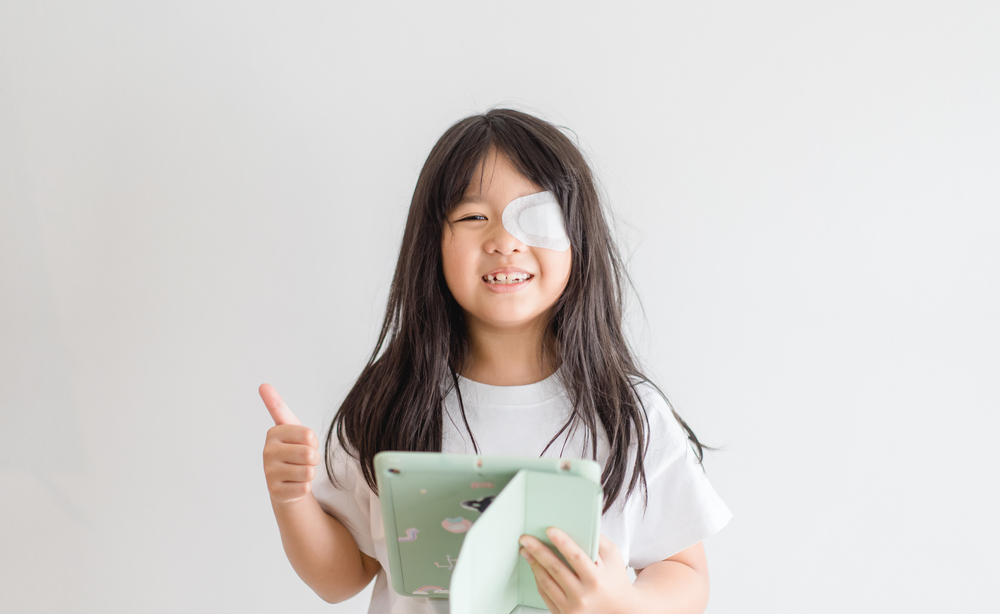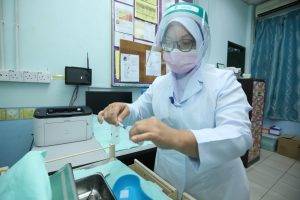Amblyopia, often referred to as “lazy eye,” is a prevalent vision development disorder in childhood. It occurs when the eye and the brain are not working in unison, resulting in decreased vision in one or both eyes that cannot be corrected fully with glasses or contact lenses.
Delving into Causes
The principal causes of amblyopia are strabismus (an imbalance in the positioning of the two eyes), refractive errors (near-sightedness, far-sightedness, or astigmatism), or, less commonly, other eye conditions such as cataracts.
When the brain receives blurred or misaligned images from one eye, it begins to ignore that eye, focusing on the clearer image from the healthier eye. This neglect leads to under-stimulation of the affected eye and the development of amblyopia.
Spotting the Symptoms
Detecting amblyopia can be tricky since it typically starts before any obvious symptoms emerge. Children often don’t realise they have a problem as their stronger eye compensates for the weaker one. Common signs can include squinting, shutting one eye, or tilting the head to see better. In some cases, poor depth perception may be noticeable.
The Importance of Early Detection
Early detection of amblyopia is crucial. The sooner it is detected, the more successful the treatment can be. Regular eye exams are key to this process. The American Academy of Ophthalmology recommends vision screening for children starting around age three, although certain risk factors might necessitate earlier exams.
Treatment Options: The Road to Better Vision
The primary goal of treating amblyopia is to maximise vision by making the child use the weak eye, thus stimulating the part of the brain connected to that eye. This is typically achieved in two steps: correcting the underlying cause and then forcing the use of the amblyopic eye.
Correcting the Underlying Cause can involve wearing corrective glasses or contact lenses for refractive errors, using a patch or eye drops to blur the vision of the stronger eye, or in rare cases, surgery for conditions such as cataracts or droopy eyelids.
Forcing the Use of the Amblyopic Eye often involves patching the stronger eye for weeks to months, forcing the brain to recognise the images from the weaker eye. This treatment is most effective in children under seven but can still provide benefits in older children and adults.
Prevention and Prognosis
Preventing amblyopia mainly revolves around early detection and treatment of the child’s vision problems. The prognosis for children who receive early treatment is generally good, with significant improvements in vision and the ability to use the affected eye. Howe
ver, treatment is less effective once the child is over about eight years old, which underlines the importance of early detection.
Conclusion: Amblyopia Doesn’t Mean a Lifetime of Poor Vision
Amblyopia, while a common childhood vision issue, doesn’t have to lead to a lifetime of poor vision. With early detection and proper treatment, many children can experience substantial improvement in their affected eyes. They may even enjoy normal visual functionality. Let’s prioritise our children’s eye health and pave the way for a clearer future.













